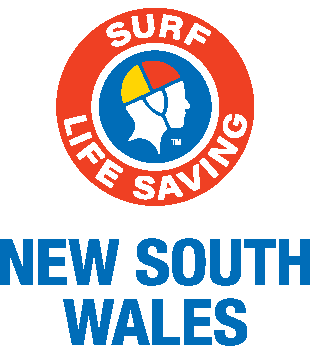Drone speaker technology has proved its worth this month at Kingscliff Beach on the Far North Coast after lifeguard Andrew Abood was able to alert surfers to the presence of sharks close by.
Since the fatal shark attack at Kingscliff in June, residents and beach-goers have taken time to express their appreciation for Surf Life Saving’s UAV program and having lifeguards back on the beach and making the most of their ‘eyes-in-the-sky’.
Andrew (30) is living the dream on the Far North Coast of NSW and is not only saving lives as a lifeguard on the beach but also as a drone pilot.
Growing up on the Tweed Coast, Andrew is now studying Marine Science at Griffith University and has been able to combine his life-long love of the ocean with a career through the Surf Life Saving NSW DPI UAV Program.
The NSW DPI UAV program has supported the training and placement of over 400 UAV pilots with Surf Life Saving NSW for the last four years. A program that Andrew jumped right into when it was established.
“I’ve been flying drones as a hobby for years and love taking photos of the ocean and marine life locally, the reefs are all thriving especially out at Kingscliff,” said Andrew. “As soon as I heard about this opportunity through being a lifeguard with the Australian Lifeguard Service I applied to do the course. It’s pretty amazing that I can combine everything I love into a job.”
Andrew said there has been a number of hammerhead sharks in the area recently and he’s been monitoring their movements and behaviour with the drone while on duty.
It was just last week when he was able to test out the loud speaker on the Mavic 2 Enterprise 2 Zoom for the first time when he noticed a shark moving towards surfers in the lineup at Kingscliff.

“There were a lot of surfers out that day,” said Andrew. “I was monitoring the behaviour of a shark and I thought I should give them the heads up so was able to use the speaker system on the drone to speak directly to the surfers.”
Andrew said on this occasion the shark was a juvenile hammerhead so it wasn’t necessary to clear the water. “To have the capability to alert swimmers and surfers about sharks and when required clear the water, is amazing and could help save a life,” he said.
A number of the grateful surfers gave a thumbs-up signal to the drone and when they returned to the beach they approached Andrew to say thank you.
“They were pretty blown away with the clarity of the speaker out in the water, to see the quality of the image on the screen and how we could use the drone this way,” he said.
One surfer out in the water that day contacted the lifeguards direct with his feedback.
“I had my first experience with the drone audio yesterday,” wrote the surfer. “I was surfing with about 20 others out the front of the (Cudgen Headland) club at about 9:30am. The UAV hovered above me and the operator announced that there was a hammerhead about 700m away and that he’d alert us again if it moved closer. The audio was really clear, a very effective bit of lifesaving kit.”
The Surf Life Saving NSW DPI UAV Program will operate at 34 locations in NSW this year providing employment opportunities for operators in regional areas and the chance for people like Andrew to put their skills and understanding of the coast to good use.
“On top of lifeguarding this is the best job and I don’t know where it could take me,” said Andrew. “I’m just loving it.”
Friday 2 October 2020
public://video_embed_field_thumbnails/youtube/N5CZ7w2xIU4.jpg
a:1:{s:7:"handler";s:7:"youtube";}


